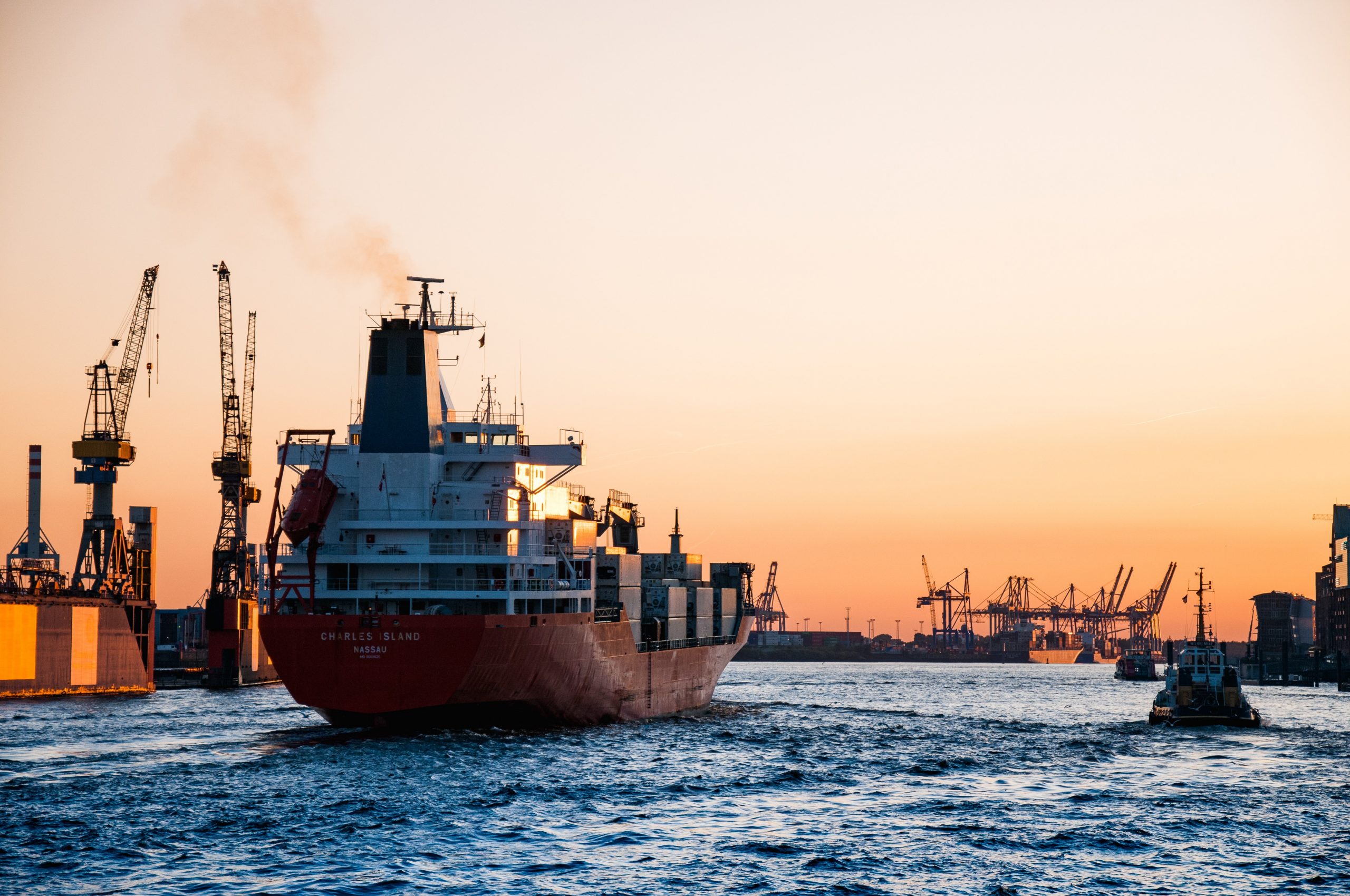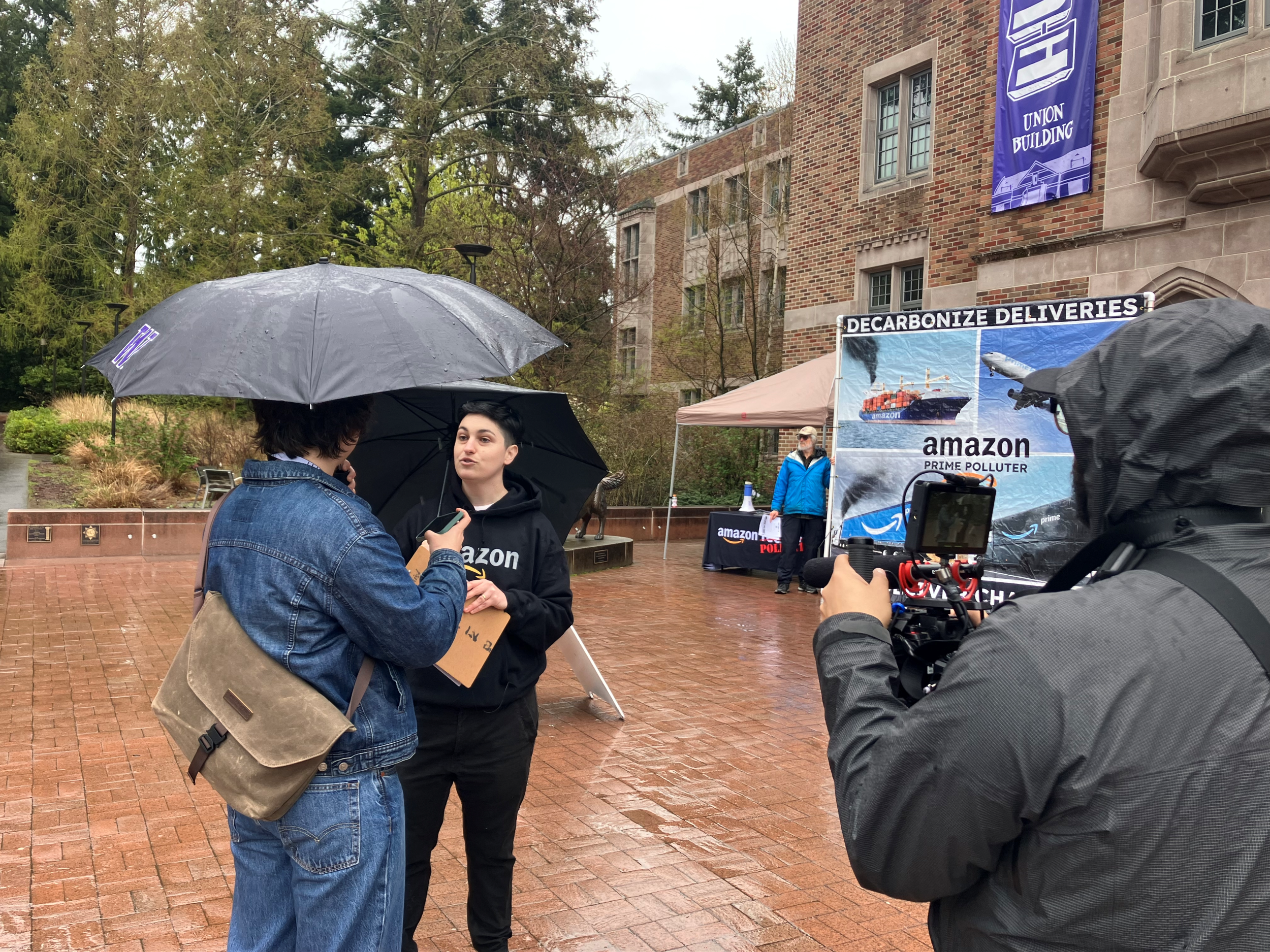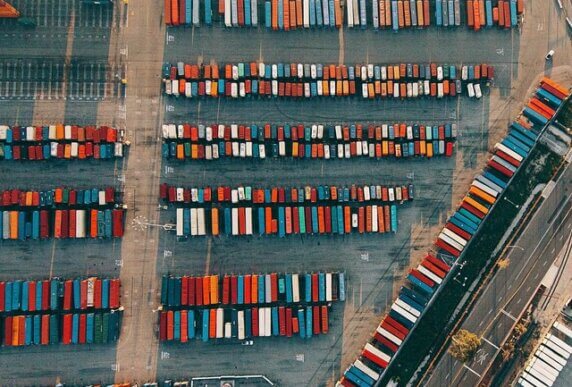


LOS ANGELES (February 1, 2022) – The Port of Los Angeles, Port of Shanghai, and C40 Cities have announced that they will work with industry to reduce greenhouse gas emissions from the movement of cargo throughout the 2020s, including a goal to “begin” transitioning to zero-carbon fueled ships by 2030 to cut emissions from one of the world’s busiest cargo routes.
The two ports and industry partners, including shipping lines and cargo owners in China and the United States have committed to deliver an implementation plan for the green corridor by the end of 2022 that will provide an outline for how they will continue to decarbonize this key international ocean shipping corridor.
The Green Shipping Corridor announcement included language to phase in low carbon and “ultra-low” carbon fuels throughout the 2020s, which could leave room for fossil fuels.
Reaction statements from non-profit groups and local leaders:
“We thank Mayor Garcetti, C40 Cities, the Port of Los Angeles, the Port of Shanghai, and leading industry partners for advancing a horizon of hope for our port neighborhoods, oceans, and shared future on this planet by committing to create the world’s first transpacific green shipping corridor this decade. Los Angeles has led the way before and can do so again,” said Dawny’all Heydari, Ship It Zero Campaign Lead at Pacific Environment. “In 2021, fossil-fueled ships at the Ports of Los Angeles and Long Beach increased cancerous particulate matter emissions in Southern California by the equivalent by 100,000 big rig trucks per day. With our port neighbors and oceans dying now, we need urgent action to end ship pollution in 2022 — and a 100% zero-emissions international shipping future this decade. In addition, inclusion of the term ‘low carbon’ in this announcement is concerning: We call on leaders involved in this corridor and all ocean shippers to reject LNG and interim fuels and rapidly invest only in 100% zero-emissions solution from well-to-wake.”
“I commend the C40 Cities and the Ports of Los Angeles and Shanghai for acknowledging the staggering level of emissions caused by the movement of cargo between our ports and for taking an important step toward decarbonizing one of the world’s most critical shipping corridors. This is the level of initiative and coordination we need to ensure that we are moving towards decarbonizing all port calls made to the Ports of Los Angeles and Long Beach by 2030,” said Councilmember Nithya Raman, Los Angeles City Council.
“We appreciate the commitment of creating a green shipping corridor between Los Angeles and Shanghai. Shipping is the primary driver of toxic, carcinogenic air pollution in port communities like Wilmington and Long Beach,” said Chris Chavez, Deputy Policy Director at Coalition for Clean Air and Long Beach resident. “This promise, however, will take a lot of work to become reality. It will also require the sustained commitment of Los Angeles’s next mayoral administration, as well as support from California and the Federal government. Lastly, given Southern California’s persistent dirty air, we must continue the push to clean up the goods movement industry today – from the ships coming to the ports to the trucks and trains traveling through neighborhoods to the warehouses and distribution centers scattered throughout Southern California.”
“With ships being a huge contributor of the most harmful air pollution and greenhouse gases, I’m overjoyed with the Ports of Los Angeles and Shanghai and the C40 Cities for implementing the plan to achieve Zero Emission shipping by 2030. Though less lofty than the Clydebank Declaration goal of six green corridors by mid-decade, I am grateful to the C40 for their immediate goal to develop the Green Shipping Corridor Implementation Plan by year-end 2022 to include deliverables, milestones, and partnership roles. I hold the expectation that green shipping means free of carbon and free of methane and that the San Pedro Bay Port complex is the venue to gather the great minds necessary to achieve the goal by 2030,” said Richard Havenick, San Pedro resident and Coastal San Pedro Neighborhood Council and Harbor Community Benefits Board member.
“The only way to address Southern California’s toxic air is by dramatically reducing emissions created by goods movement. This announcement for a green shipping corridor is a step in the right direction, but we need to go further and faster. Green shipping will benefit working-class people in Southern California, not only by creating tens of thousands of high-road jobs to produce the fuel and build the infrastructure necessary to achieve 100% zero emission port calls from container ships but it will benefit those that live along the fence line of port facilities and polluting industries in the region with cleaner air and safer communities,” said Eli Lipmen, Deputy Director at Move LA.
“This groundbreaking initiative to deliver a zero-emissions shipping corridor this decade between two of the world’s busiest ports sets a climate leadership bar for ports, shipping companies, and the retail brands that ship their goods on heavily polluting container ships. Climate laggards like Target and Walmart should take note: the massive pollution impact of this industry on our climate and public health will no longer sail under the radar. Companies must act now, or be left in the wake of their peers who are responding to both the immediacy of the climate crisis and increasing consumer demand for clean shipping,” said Kendra Ulrich, Shipping Campaigns Director at Stand.earth. “While we celebrate the announcement, we also urge companies and governments to ensure that this green corridor is truly fossil-free. Too often, the oil and gas lobby have derailed climate action, and have been pushing the shipping industry to switch to LNG as a false climate solution. Now is not the time to be blown off course by yet another GHG-intensive fossil fuel.”
BACKGROUND
According to research by the International Council on Clean Transportation, green hydrogen could replace fossil fuels along the transpacific container shipping corridor with minor operational changes for shipping companies. 43% of journeys could be made without an additional stop, while the other 57% would require just one additional refueling port.
The California Air Resources Board estimates, as reported on by the Los Angeles Times, that in 2021 ships alone pumped an additional 20 tons of smog-forming nitrogen oxides into the air each day — the equivalent of adding 5.8 million passenger cars to the region — while adding as much lung-damaging diesel particulate matter as nearly 100,000 big rig trucks to the air.
In November 2021, the Los Angeles City Council unanimously voted to adopt Councilmember Nithya Raman’s resolution (Council File 21-0002-S175) calling on Los Angeles’ top maritime importers to commit to making all container port calls to the San Pedro Port Complex and the Port of Los Angeles on zero-emissions cargo ships by 2030.
###
About Ship It Zero
Led by environmental advocacy groups Pacific Environment and Stand.earth, the Ship It Zero campaign is calling on some of the nation’s largest maritime importers — including Amazon, Target, IKEA, and Walmart — to transition to 100% zero-emissions cargo shipping vessels by 2030. This goal will ensure the shipping industry does its fair share in helping to keep global warming under 1.5 degrees Celsius, the target scientists say is needed to avoid the worst consequences of the climate crisis.
Contacts: Gwen Dobbs, Pacific Environment, gdobbs@pacificenvironment.org, 202-329-9295
Virginia Cleaveland, Stand.earth, media@stand.earth, +1 510 858 9902

Recent Updates





